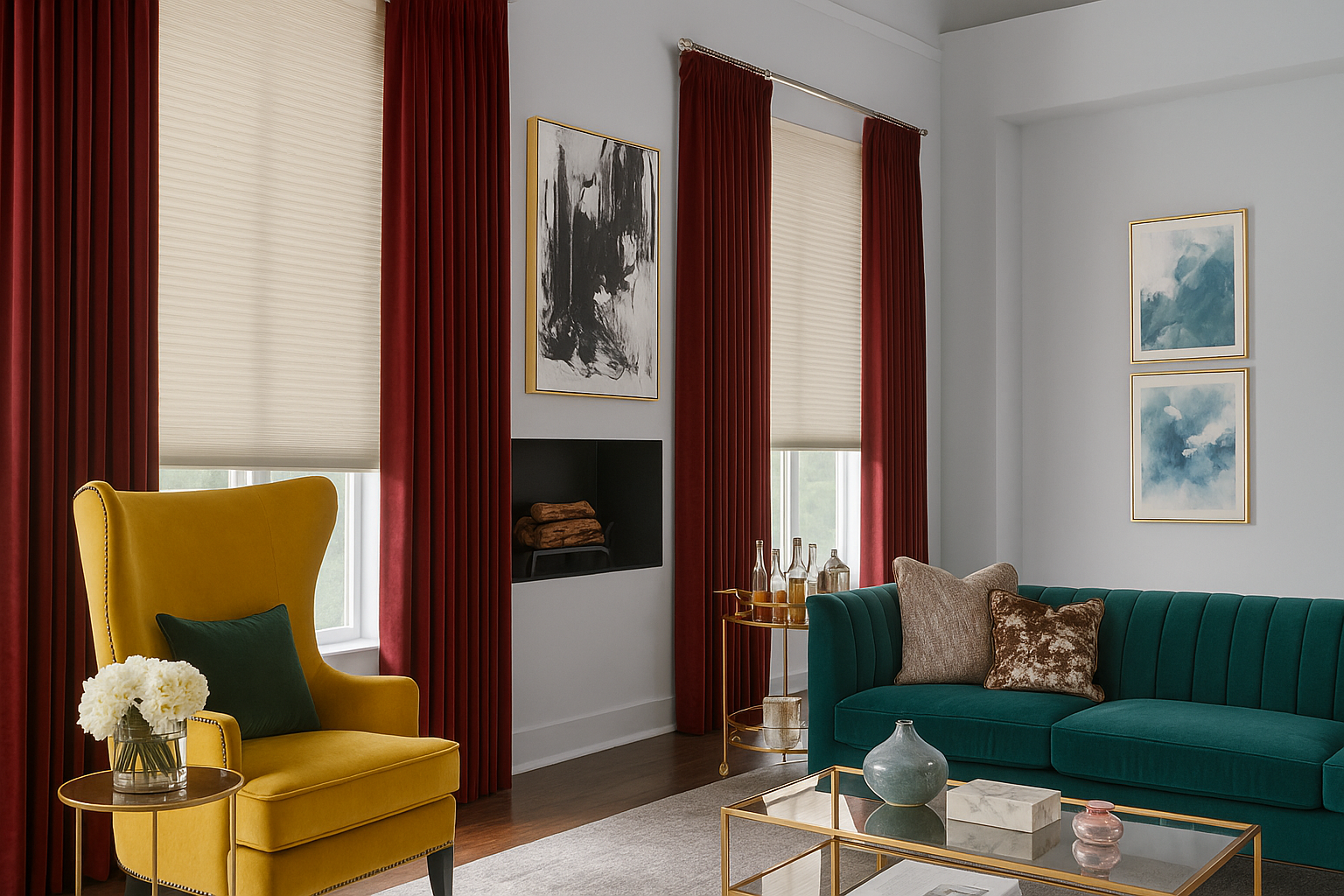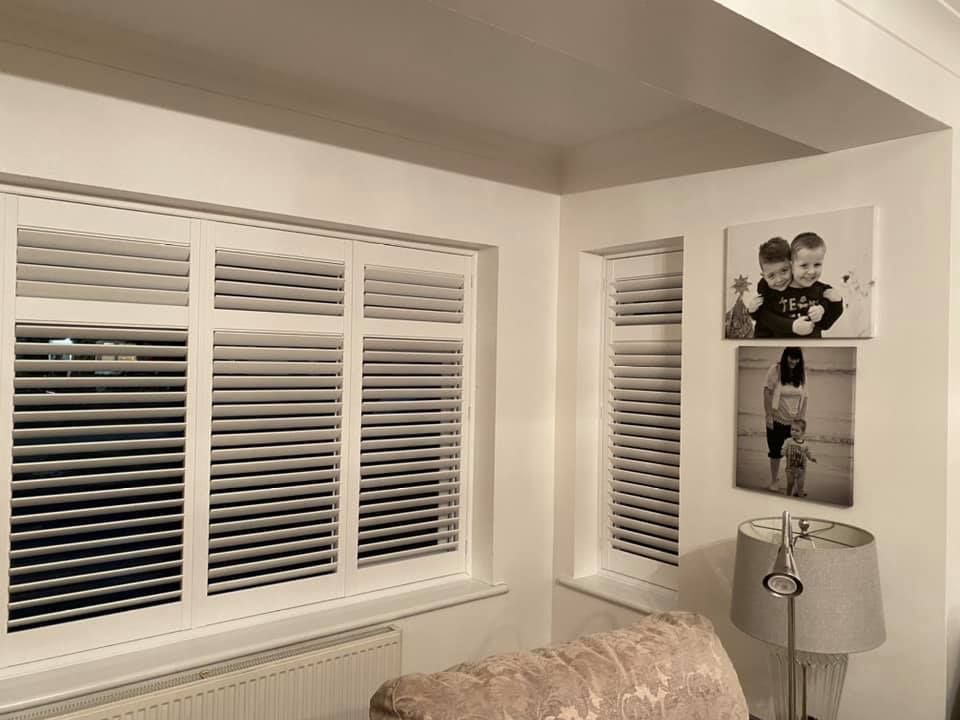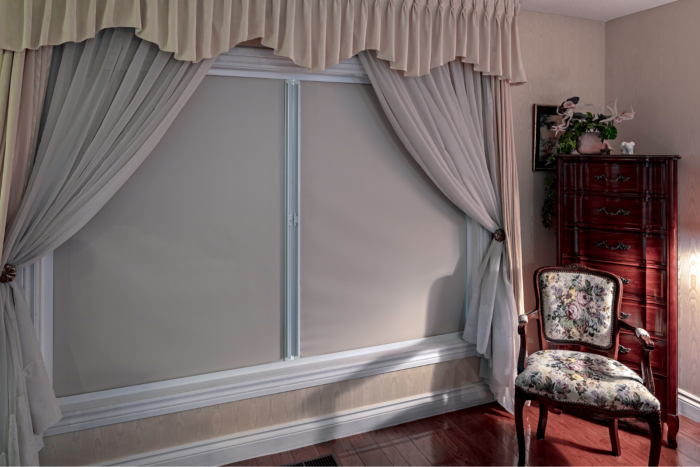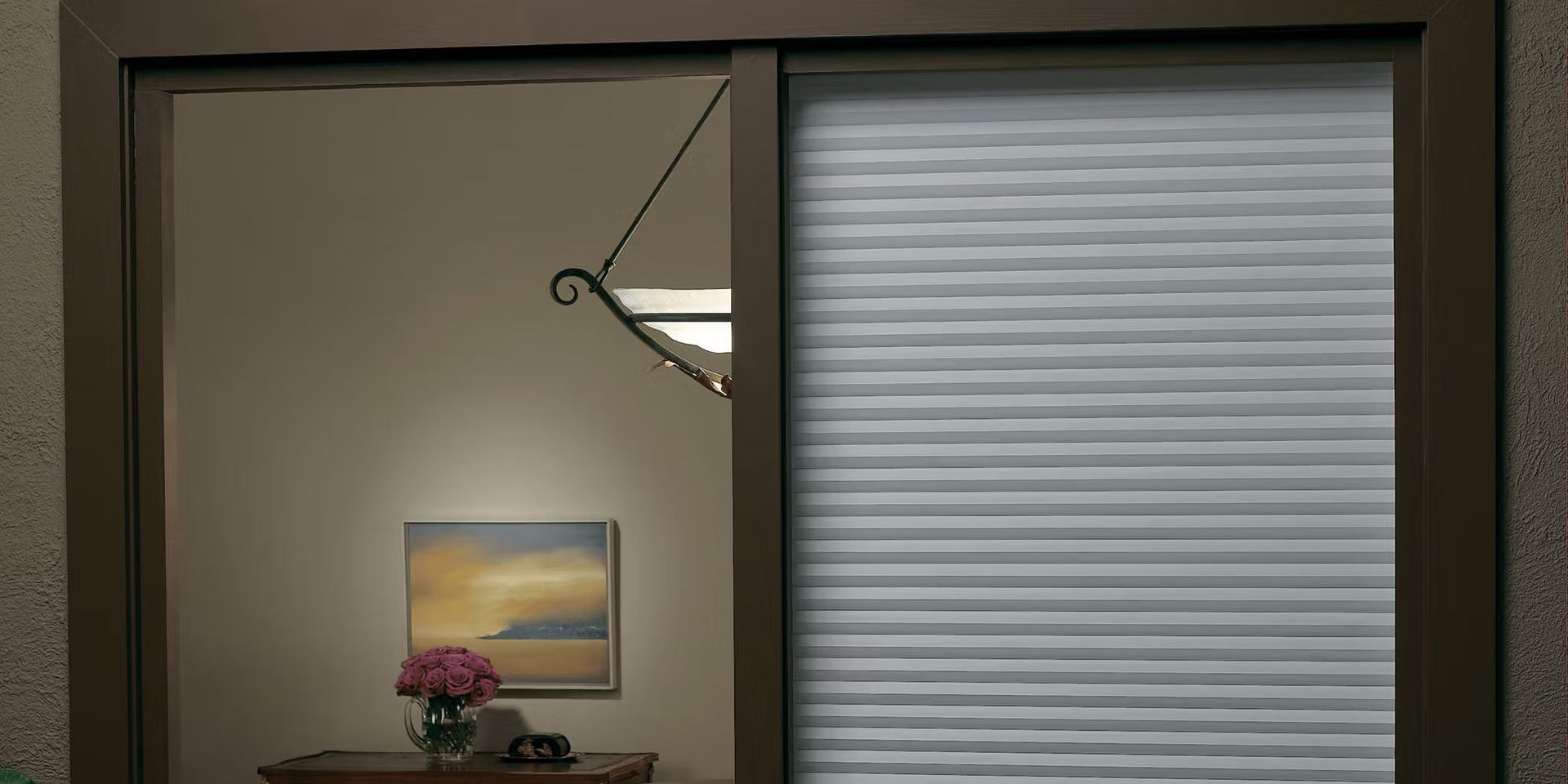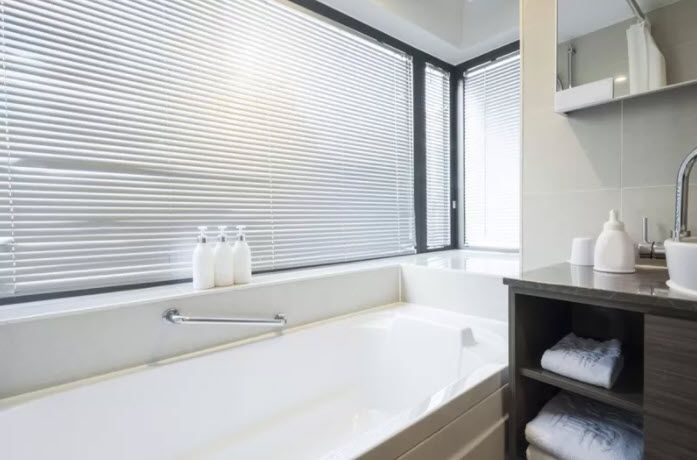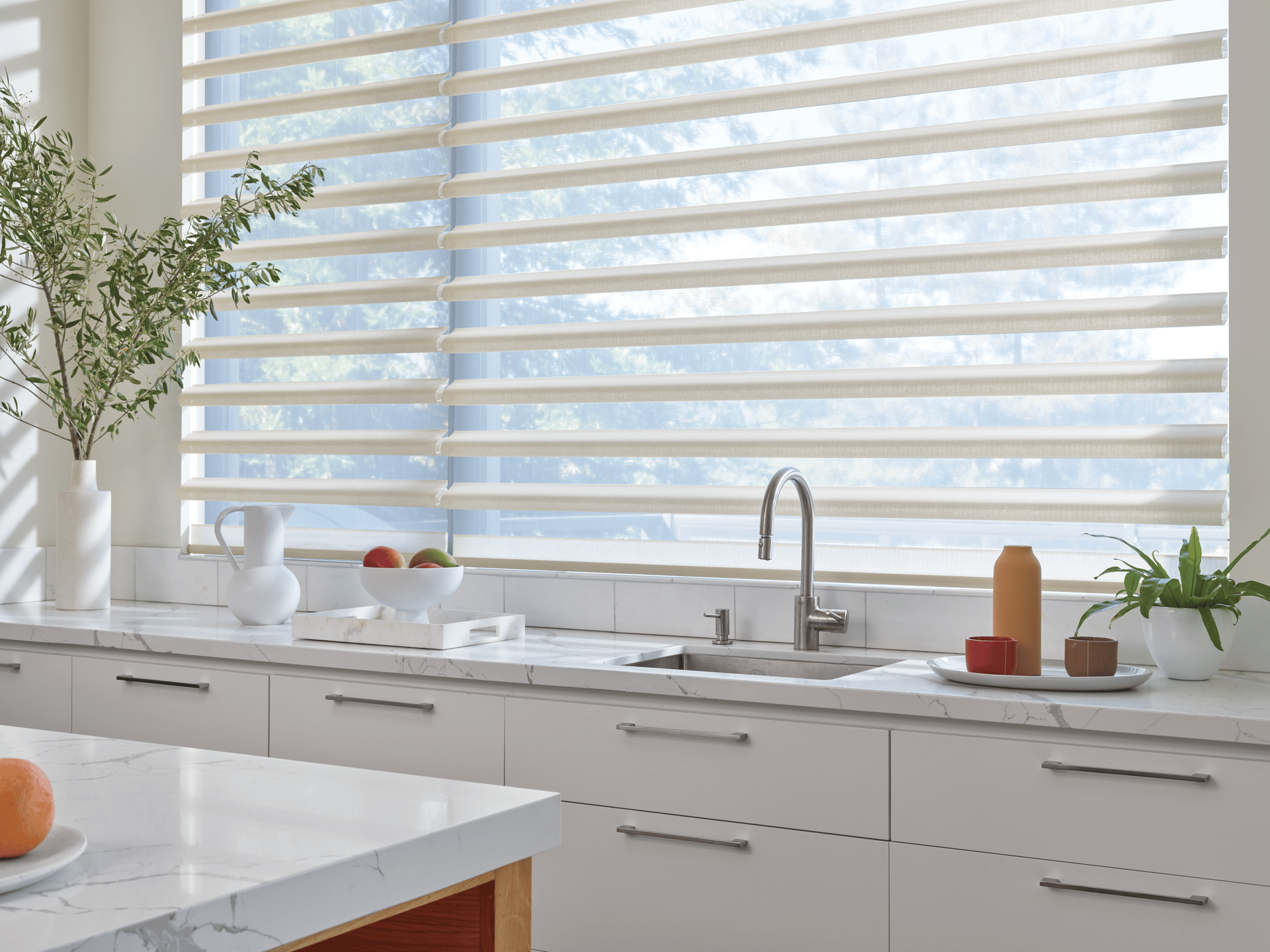How to Minimize Light Bleed at the Edge of Curtains
Light bleed at the edges of curtains can be minimized by choosing the right curtain size, installing wrap-around rods, and using blackout curtain accessories like magnetic strips or side tracks. Ensuring your curtains extend beyond the window frame and layering them with blinds or shades can also significantly reduce unwanted light leakage.
If you’ve ever struggled with unwanted sunlight creeping into your bedroom, home theater, or office, you’re not alone. Many people invest in blackout curtains, only to find that light still seeps through the sides, top, or bottom of their
window treatments. This issue can disrupt sleep, create glare on screens, and diminish the effectiveness of your curtains.
Understanding Light Bleed in Curtains
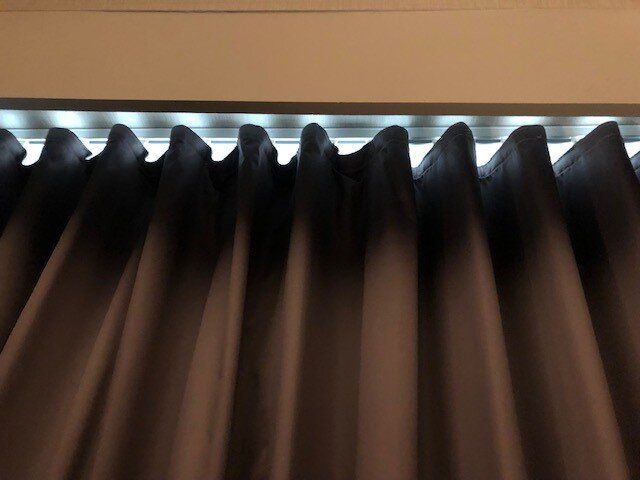
What is Light Bleed, and Why Does It Happen?
Light bleed occurs when light seeps through the gaps between your curtains and the window frame. Even the best blackout curtains can allow light to escape through improperly covered edges, reducing their effectiveness.
Common Causes of Light Bleed
- Incorrect Curtain Size: Curtains that don’t extend far enough past the window frame allow light gaps.
- Thin Fabrics: Regular curtains may not block light completely.
- Poor Installation: Standard curtain rods often leave gaps on the sides.
Window Frame Exposure: Light seeps through spaces not fully covered by the curtain fabric.
Choosing the Right Curtains to Block Light Gaps
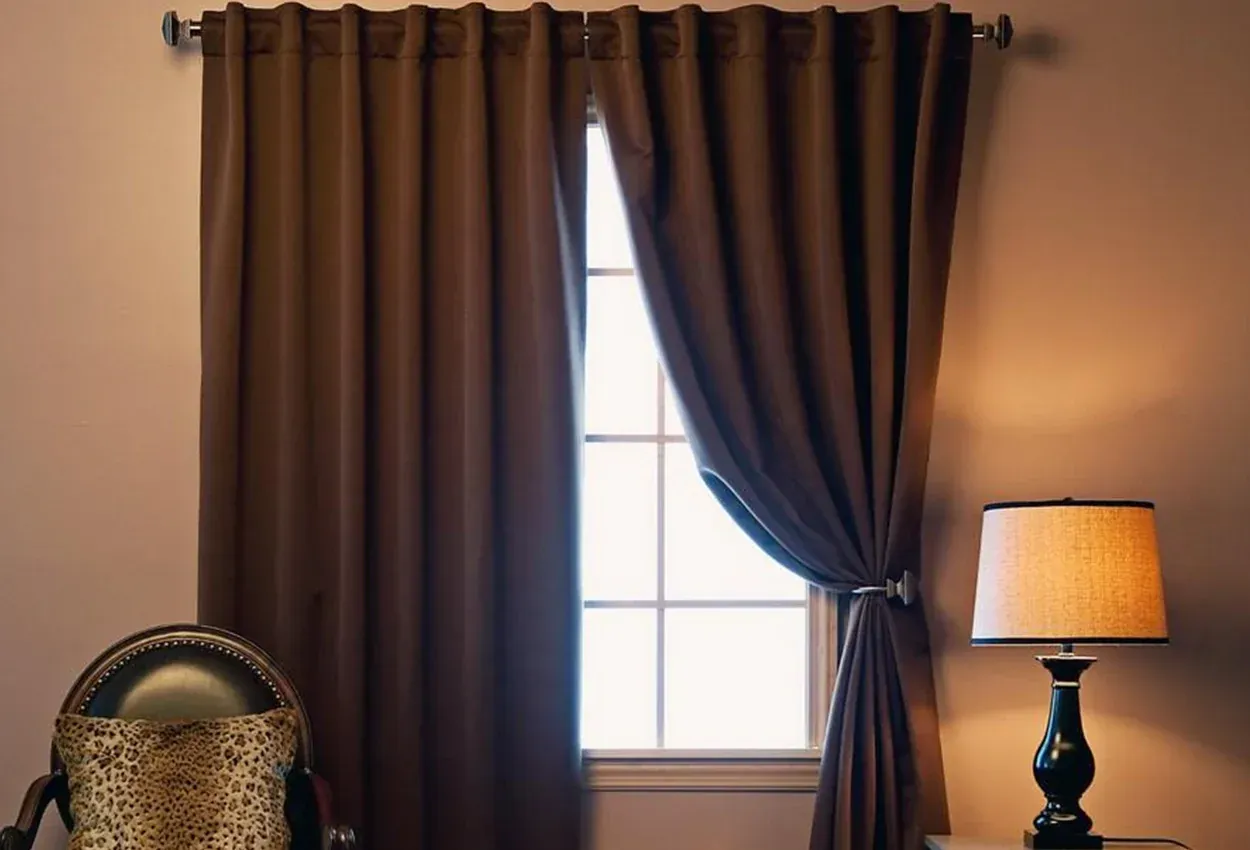
Best Types of Curtains for Blocking Light
Not all curtains are created equal. Blackout curtains are specifically designed to block light, offering numerous benefits for improving sleep, reducing glare, and enhancing privacy. Learn more about the Advantages of Blackout Blinds to determine if they’re the right solution for your space. However, even the best blackout curtains require proper installation for full effectiveness.
- Blackout vs. Room-Darkening Curtains: Blackout curtains block up to 99% of light, while room-darkening curtains only reduce brightness.
- Triple-Weave Fabric: These are highly effective at stopping light from penetrating the fabric itself.
Curtain Size & Length Matter
For the best results:
- Ensure your curtains extend at least 6-12 inches beyond the window frame on each side.
- Use floor-length curtains to block light from the bottom.
- Opt for extra-wide panels to prevent gaps.
Correct Curtain Installation Techniques to Prevent Light Bleed
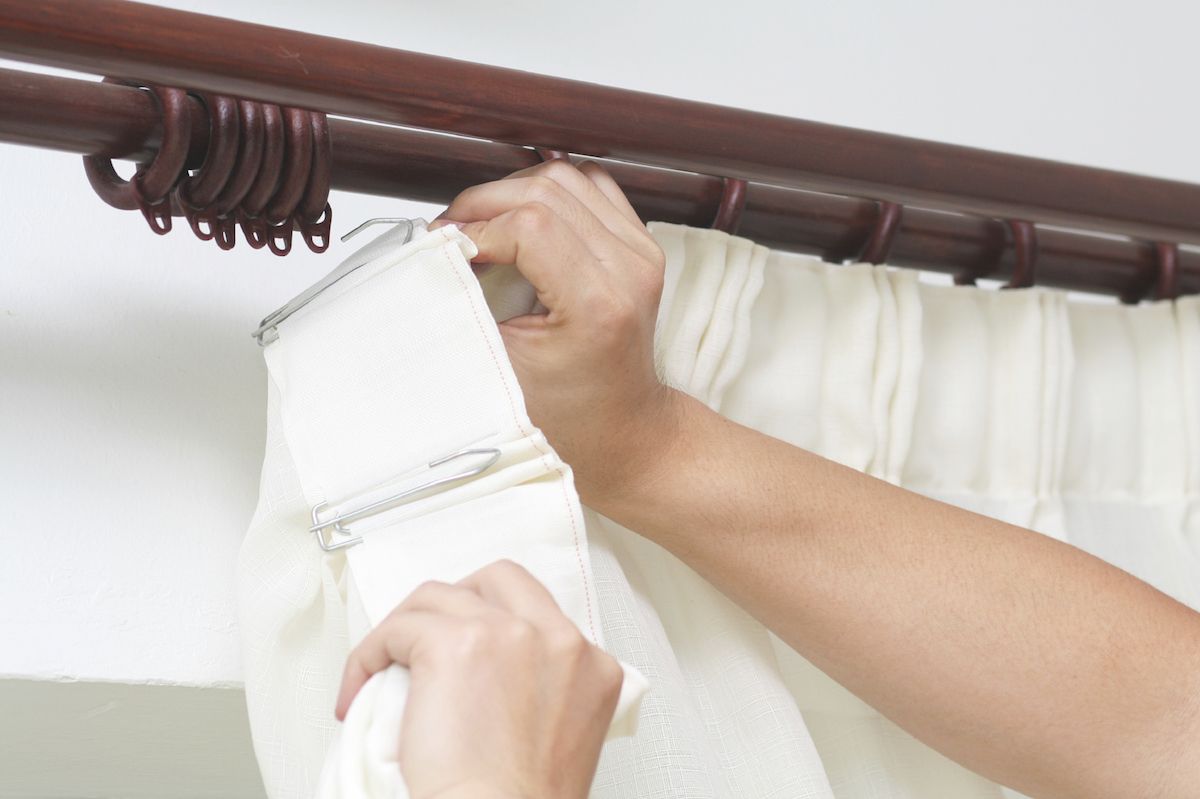
Mounting Curtain Rods the Right Way
Most standard curtain rods leave side gaps, but the right installation technique can solve this issue.
- Install rods higher and wider than the window frame.
- Use wrap-around curtain rods that curve toward the wall to eliminate side gaps.
Using Wrap-Around Curtain Rods
Wrap-around rods allow curtains to hug the wall, preventing light from leaking through the sides. They are one of the most effective ways to block light from curtain edges.
Accessories & Enhancements for Better Light Blocking
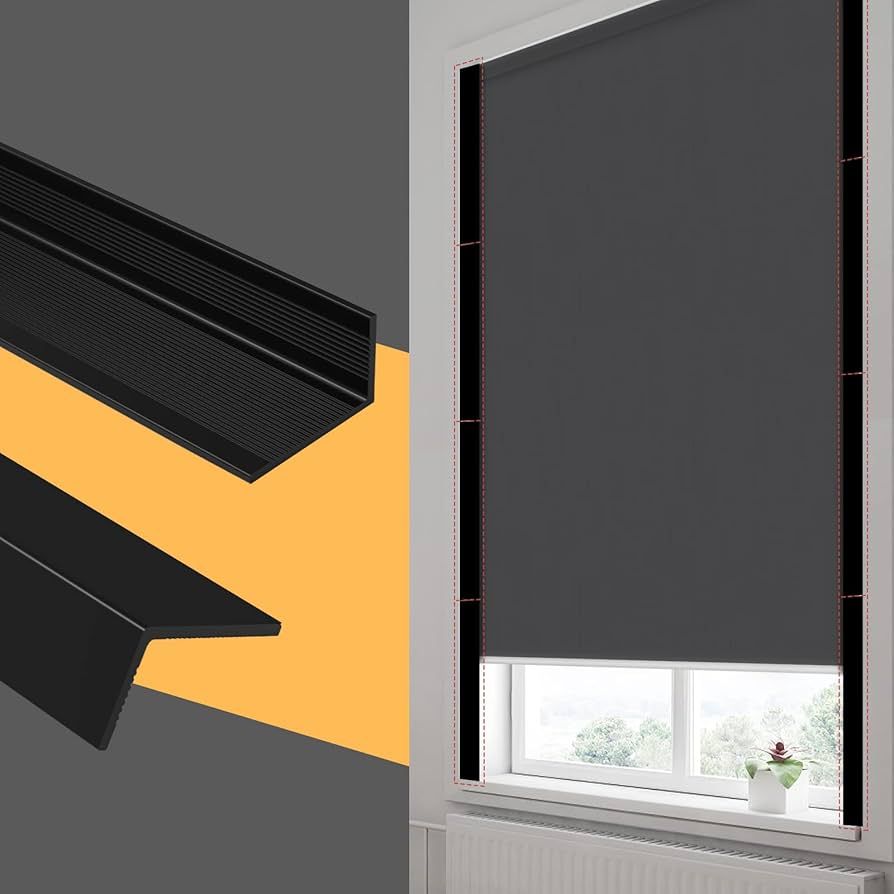
Use Magnetic Strips or Velcro on Curtain Edges
Attach magnetic strips or Velcro along the edges of your curtains and window frame to keep them tightly sealed.
Install Side Tracks for Curtains
Side tracks create a barrier between the curtain and the wall, preventing light from slipping through.
Add Cornices or Valances
A
cornice board or valance at the top of your curtains blocks light leakage from above, an often-overlooked area.
Layering Window Treatments for Maximum Darkness
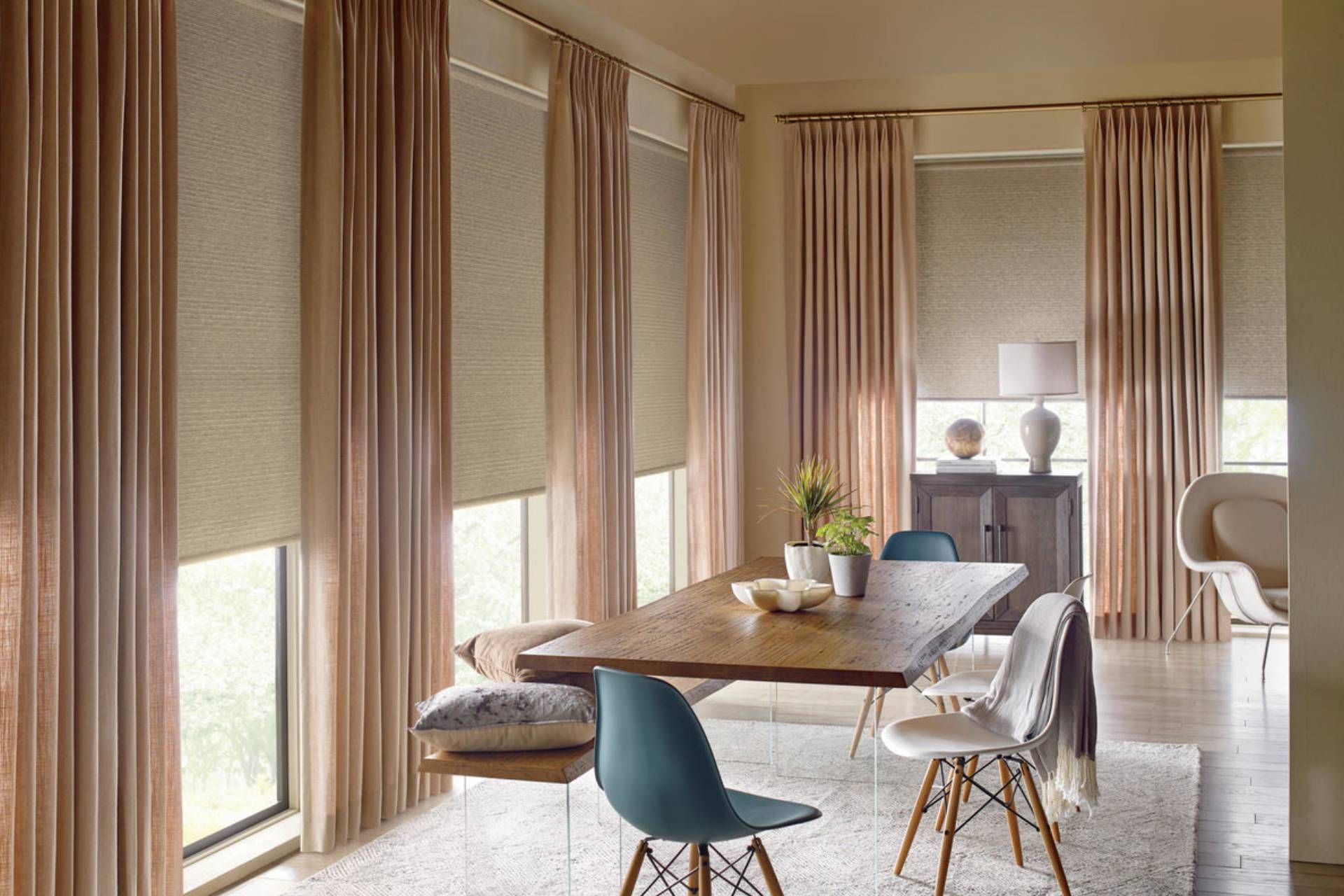
Combining Curtains with Blinds or Shades
Layering blackout curtains over blackout blinds or cellular shades offers the highest level of light control—an essential strategy for home theater window treatments where total darkness is critical for the best viewing experience.
- Blackout roller shades: Prevents gaps at the top and sides.
- Cellular shades: Traps light within its honeycomb structure for superior darkness.
DIY Solutions to Fix Light Bleed Around Curtains
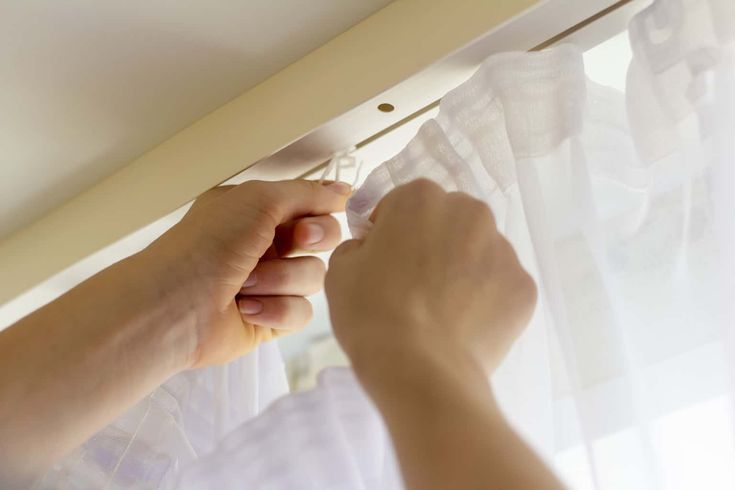
Using Binder Clips or Tacks to Secure Curtain Edges
This quick fix keeps curtain edges sealed against the wall, reducing light gaps.
Applying Foam Tape Along Window Frames
Foam tape fills small gaps, ensuring a snug fit between the curtain and window.
Using a Tension Rod Behind the Main Curtain
Placing a tension rod inside the window frame creates an additional layer of blockage.
Addressing Floor-Level Light Leakage
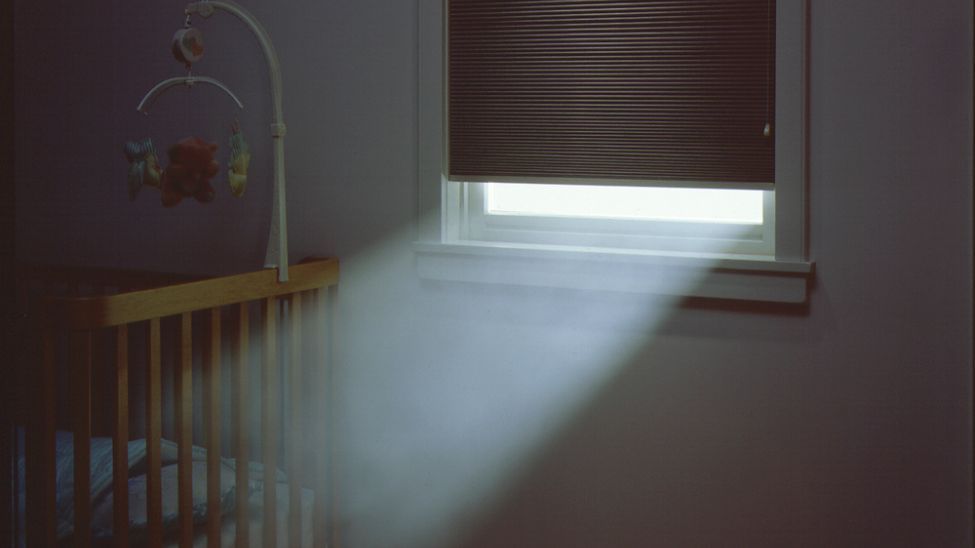
Use Floor-Length Curtains
Curtains that graze the floor prevent light from leaking underneath.
Add Draft Stoppers or Weighted Hem Curtains
Weighted hems keep curtains in place, preventing movement that can create light gaps.
Maintaining Your Light-Blocking Setup Over Time
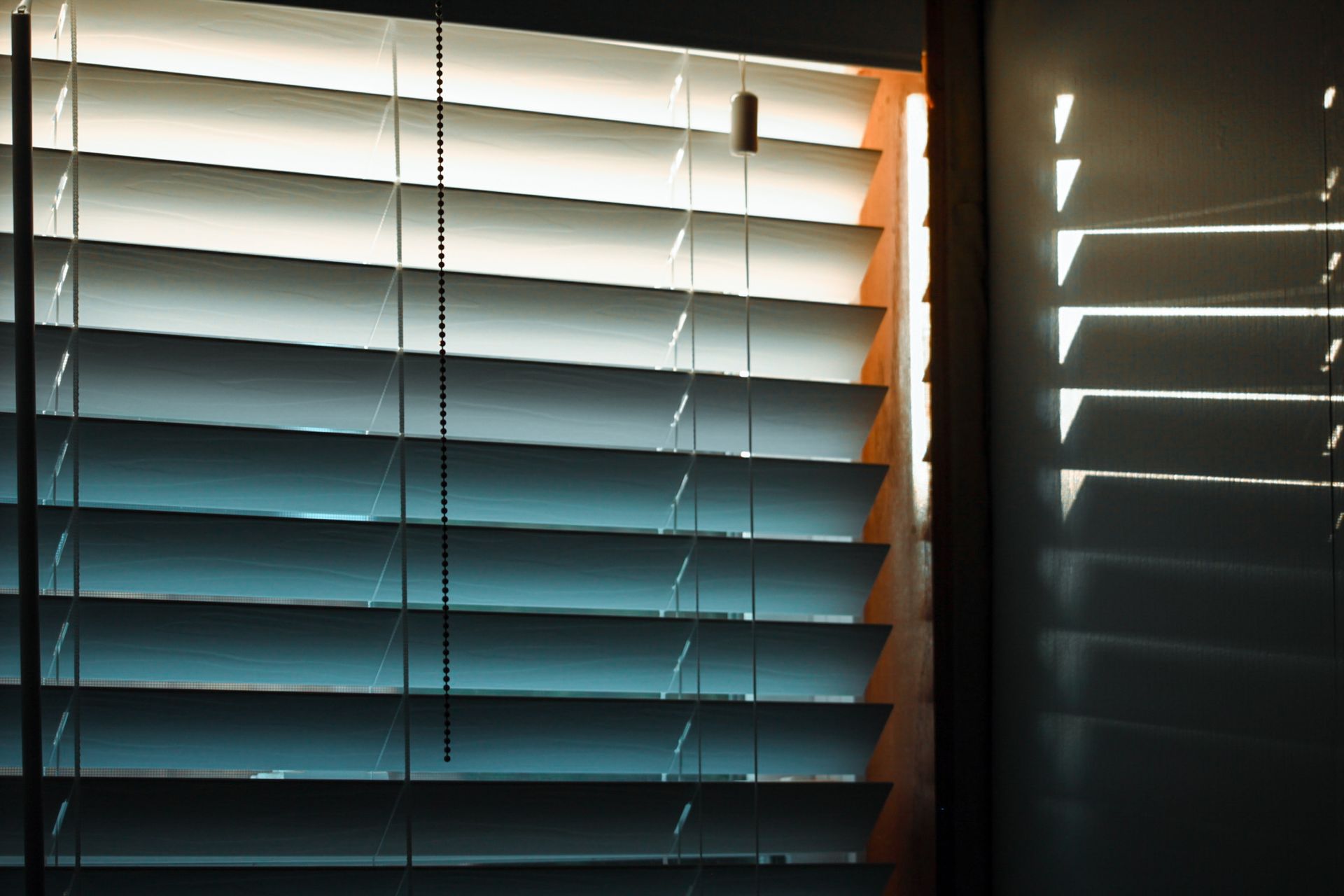
Check for Curtain Shifts & Adjust Regularly
Over time, curtains can shift, creating new gaps. Regular adjustments ensure continued effectiveness.
Maintain Magnetic Strips, Velcro & Accessories
If using adhesive-based solutions, check periodically and replace as needed to maintain a secure seal.
Conclusion
Minimizing light bleed at the edges of curtains requires a combination of proper curtain selection, correct installation, and strategic accessories. By using wrap-around rods, layering window treatments, and sealing gaps with side tracks or magnetic strips, you can enjoy a completely dark and private space.
At
Love Is Blinds MI, we specialize in high-quality window treatments that solve common light leakage issues. If you're looking for expert advice or premium blackout solutions,
contact us today!


